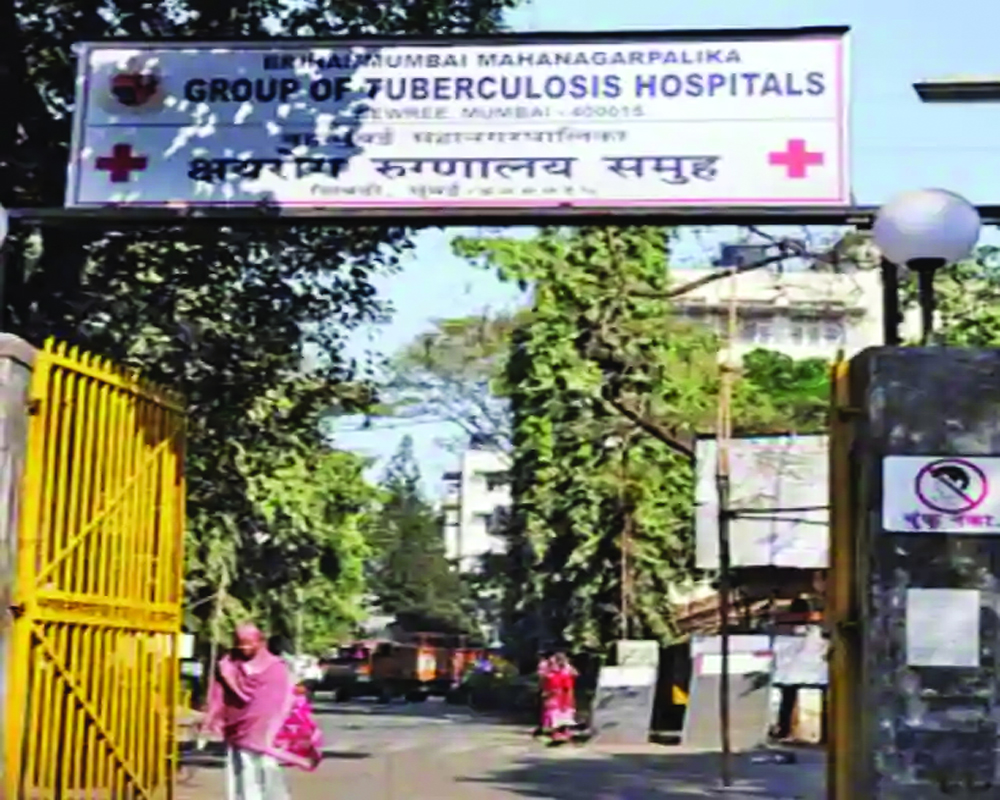Early diagnosis of people possessing a high probability of having presumptive TB is an essential part of the case identification strategy
Controlling tuberculosis is a disconcerting challenge for India. The decades' old unrestrained transmission of the disease has impacted millions of Indians leaving them with latent TB infection. A significant number of people being undernourished weakens their immunity making them prone to TB reactivation.The density of the growing urban infrastructure has facilitated in quick transmission of TB across all economic spheres.
India has undertaken activities to control TB for more than half a century, still, TB has been the country's most severe health condition. Nearly, 480,000 TB-related deaths happen every year and over 1400 every day. In addition to this, around one million cases are undetected or inadequately diagnosed in India.
These tragic losses occur due to the existing poverty, lack of infrastructure and equipment and less knowledge. Fortunately, India is in a better position to deal with Tuberculosis now. The recent interventions and technological advancements for TB diagnosis have been effective in providing appropriate and timely treatment.
The National Strategy Plan 2017-2025 for TB elimination has obtained remarkable goals in strengthening the programme structure, support systems and implementation surroundings for controlling TB. This comprises compulsory notification of all TB cases, aligning the programme with public health services and National Health Mission, one-stop service for TB-HIV cases, tactical drug-resistant TB management and revaluation of partnership guidelines.
As per the India TB report 2021 published by the Ministry of Health and Family Welfare, NTEP (National Tuberculosis Elimination Programme) identified more than 4,11,000 patients. With these steps and measures NTEP almost covered the gap of enrolment of TB treatment. Notifications were sent to 18, 05,670 patients around that time, which is 11 per cent more than the anticipated numbers.
Early diagnosis of people possessing a high probability of having presumptive TB is an essential part of the case identification strategy. Patients with presumptive TB would be proactively identified and referred to the nearby diagnostic facility for suitable investigation. Patients attending both the private and the public sector institutions need to be periodically tested for TB symptoms by the healthcare facilitators. Passive case detection alone results in missed cases and late diagnoses. Enhanced medical outreach for detecting more TB cases are elementary for universal access.
TB screening has to be undertaken at all the points of contact with healthcare personnel among the key population, which include the socially and clinically vulnerable and deprived people. New diagnostics approved by WHO can be used in high burden resource settings like India.
RNTCP gained location-wise coverage in March 2006 and since then, case notification rates have increased up to the time where it remained stationary. The notification rates have decreased in many parts of India despite growing efforts examining symptomatic patients in the public sector. Steps for ascertaining TB notification from private medical centres have contributed to increasing the overall notification, but it's still incremental only.
Prevalent surveys suggested that not all people with chest symptoms seek care and treatment and many do not pay attention to them. This proves that the health services' programme needs to draw special attention to create awareness about how to identify symptoms and seek treatment.
Active case finding (ACF) is one way to do the above mentioned. ACF is a provider-initiative with the main objective of early detection of cases by actively finding targeted segments and to begin prompt treatment. It must be noted that 'screening' is a vigorous procedure and prioritizing the approach of screening, vulnerable groups and screening interval will have a regular assessment done by the programme. While there is a clear definition of vulnerable target groups for other national programmes, TB is no exception. Moreover, while the programme is capable of increase examining symptomatic patients by 50-60 per cent; it will result in added case finding substantially.
Analysing the social, economic, and political context of the operation of the TB programme has highlighted the insight and need to rapidly respond to the issues to address the unavoidable TB epidemic.
The consistent shortage of resources, indifferent private sector and a weak public health system add to the pre-existing challenges in Indian’s medical infrastructure. Nevertheless, the research has shown that the NSP has huge underlying strengths, and they could be utilised for making an everlasting epidemiological impact.
(The writer is a professor at NIMS Medical College and Hospital. The views expressed are personal.)
























